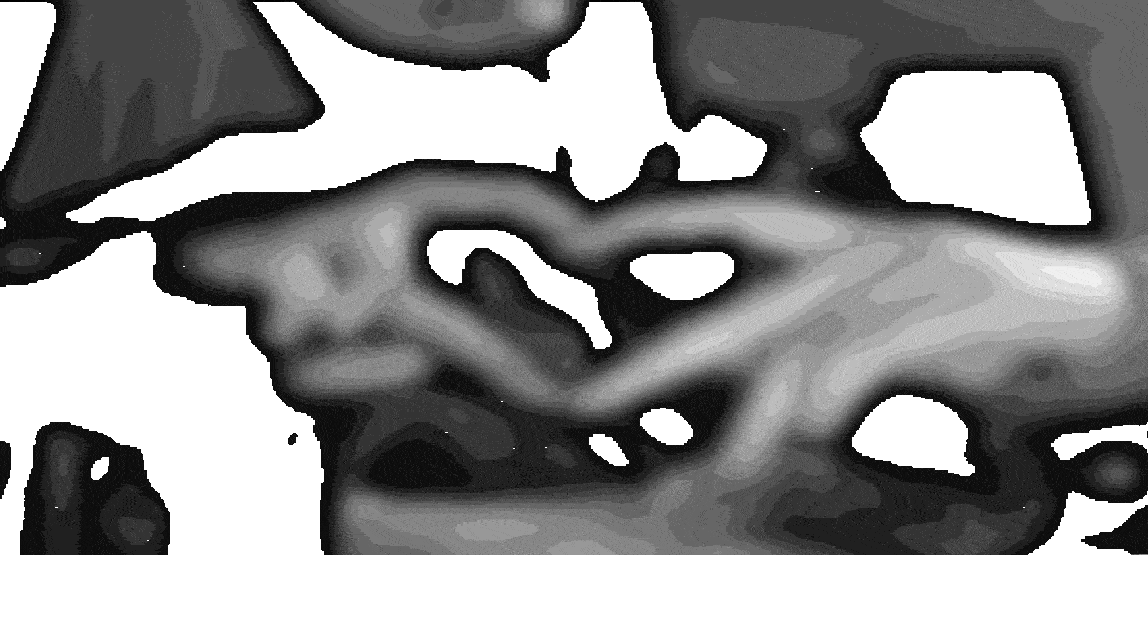
Symbols, rituals and ideas of [British] mysticism and the contemporary revival of folk culture ~ how are these ideas evolved, warped, forgetten and then remembered, and how in the frameweork of capitalism they approached and consumed? How, despite this framework, does the possibility of fostering enchantment and a genuine sense of connection present itself?

"There is no vision of capitalist or non-capitalist economy today that does not depend to some extent upon the commodity form. If so, then the pertinent questions become: how to reform commodity culture to render it more just and more compatible with ecological integrity? how to design individual and collective strategies for exploiting the ethical potential within commodity culture?"
Corrupted quality as an intrinsic material attribute ~ a process of assemblage between both human and object agency : the corrupted or low quality image has trickled along a path of distribution and reformatting - it is a “lumpen proletariat", a (re)mystified image.
Symbols of culture and tradition also trickle, permeating through secularity into new age-ism [newly layed walls of progress are built but the brick is a porous object] - and the sacred becomes commodified. Marks of history, memory, and place become trinkets and signs of something else. Despite this, how might the transformed (or corrupted) symbol, engaged with commodity culture, still augment a sense of mysticism, identity, culture, and most of all enchantmeent, for those engaging with it? ----- Parellel to this, in the format of the low-brow, the kitsch, or poor quality, what is the effect on these images/symbols/ideas/feelings in terms of accessibility and how do they, as a product of commodity culture, eventually lend themselves towards anti-institutionalism?
For a symbol to be commodified, it's origin is to be transformed, processed and exported with a hidden layer of intent. Like the poor image, it is corrupted. Through different means but both resulting in something simultaneously muddied (visually, idealogically) whilst retaining an inherent ontology. Symbols of British folklore and the poor image are alike in their dubious geneaology